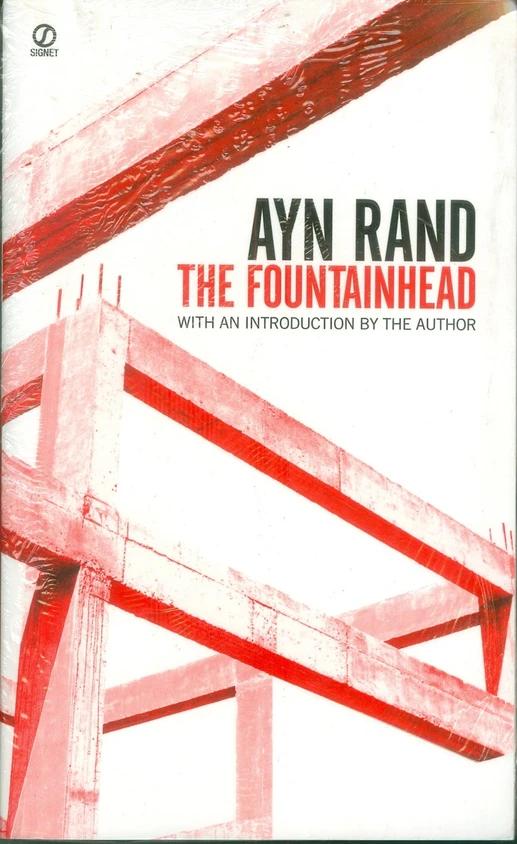
By Dr.Vivek G Vasoya, MD (Homeopathic Psychiatrist & Psychotherapist)
Ayn Rand’s The Fountainhead is often discussed in political or philosophical terms. But beneath the ideological arguments lies a deep psychological exploration of identity, self-worth, and the human drive to either create or conform.
As a psychiatrist, I read this novel not just as a story about architecture or ideals, but as a case study in the psychology of individuality. Each character in The Fountainhead represents a different model of the self—how it is built, broken, or betrayed.
The Inner Self vs. The Reflected Self
At the center of the novel is Howard Roark, a man who designs buildings the way some people live—with absolute fidelity to an inner vision. Roark does not seek approval. He doesn't compromise his designs to fit trends. Psychologically, he represents what Carl Jung might call the individuated self—whole, integrated, and not dependent on the validation of others.
Most of us, by contrast, live partially through the reflected self—who we are in the eyes of others. This is where Peter Keating enters. Keating is successful on paper, but psychologically hollow. He makes every major life decision—from his career path to his relationships—based on social reward. He avoids inner discomfort by seeking external applause. In therapy, we see this as a classic case of external locus of identity—the belief that worth is determined by others.
Integrity as Psychological Wholeness
Roark’s strength isn’t just moral—it’s psychological. He is consistent. He lives in alignment with his values, which gives him resilience. In psychology, we call this cognitive congruence. People who live this way experience less anxiety, because they are not constantly switching masks or betraying themselves to fit in.
Contrast this with Ellsworth Toohey, a character who manipulates others by appealing to collectivist guilt and false humility. Toohey’s psychology is built around control. He doesn’t want to shine—he wants to dim the light in others. He is the embodiment of what psychologists might call malignant narcissism cloaked in altruism. He masks his hunger for power behind ideology, but what he truly fears is the independent mind.
The Pain of Idealism in a Compromised World
Then there's Dominique Francon, one of the most complex psychological portraits in the novel. Dominique loves Roark, but fears that the world will destroy him. Her response? Destroy him first—on her terms. This self-sabotaging behavior is rooted in defensive pessimism, a coping strategy where one expects the worst to avoid the pain of disappointment. She would rather burn the temple than watch it defiled.
Her arc reminds us how sensitive minds sometimes turn cynical to protect themselves. It’s a response I see often in clients who were idealists once, but who now live with guarded hearts and heavy armor.
When the Self is Sold
Gail Wynand, the media magnate, offers a tragic study in the cost of betrayal. He once believed in greatness. But he built his empire by pandering to mediocrity—by giving people what they wanted, not what they needed. His breakdown isn’t just moral—it’s existential. His soul fractures under the weight of a life built on contradiction.
Wynand’s collapse reflects a deep psychological truth: When we live in conflict with our values long enough, the self begins to erode. It doesn't happen all at once. It begins with small compromises, tiny betrayals of truth. But eventually, the identity we present to the world is no longer something we can believe in. This is not just a spiritual crisis—it’s a psychological one.
Why This Novel Still Matters
In a time when likes and followers define worth, The Fountainhead challenges us to ask: Who are you without applause? Who are you when no one’s watching?
Roark’s path is not easy. He suffers rejection, poverty, and isolation. But he also experiences something far rarer: peace. He does not live for the world’s approval. He lives for the joy of creation, for the alignment between thought and action.
In therapy, I often help clients reconnect with this same force—their authentic self. Not the self molded by parents, teachers, culture, or trauma. But the self that quietly existed before the world said “you should be like this.”
The Fountainhead reminds us: That self still exists. It may be buried. It may be quiet. But it is the foundation of all true strength.
- By Dr.Vivek G Vasoya, MD
(Homeopathic Psychiatrist & Psychotherapist)





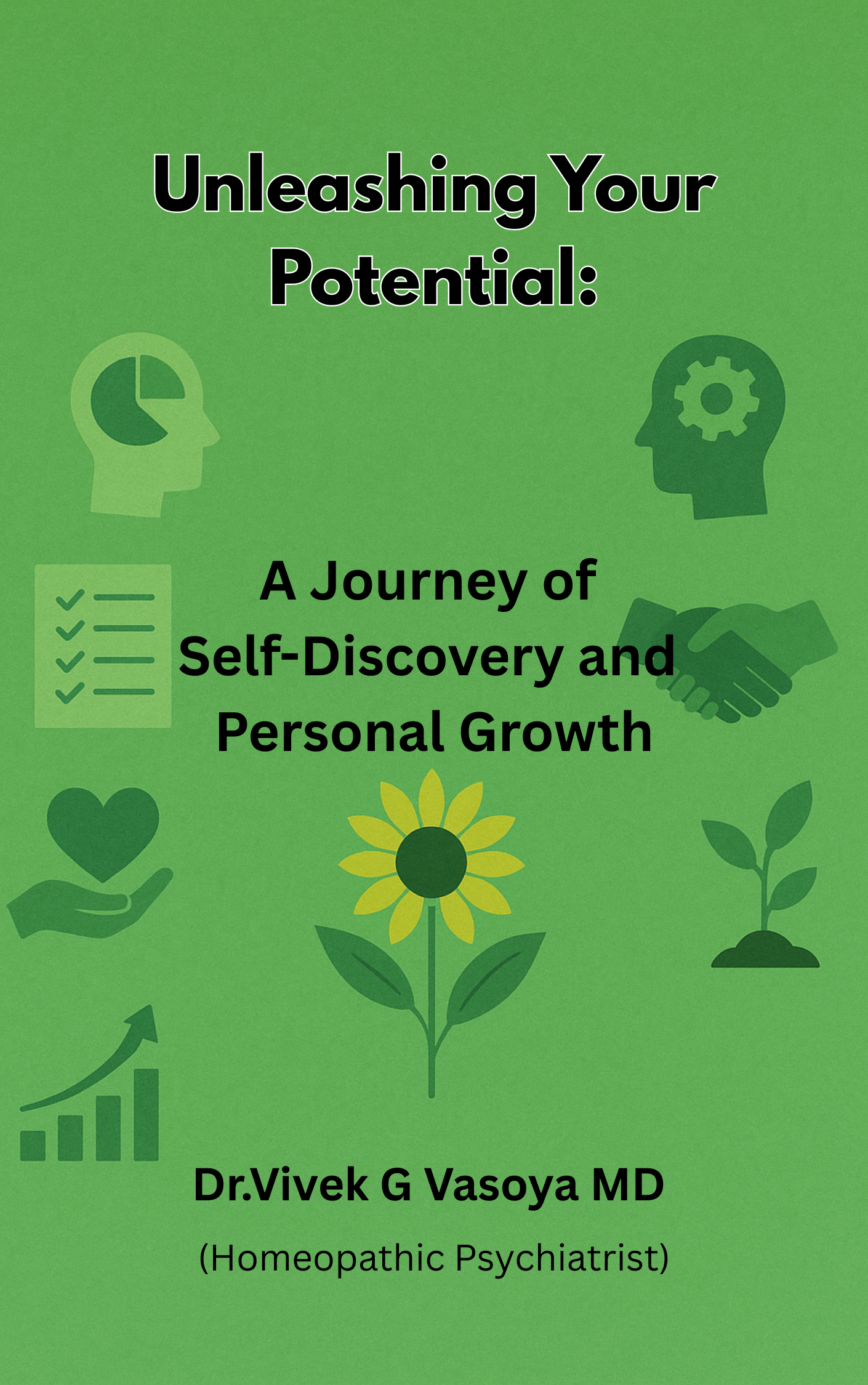
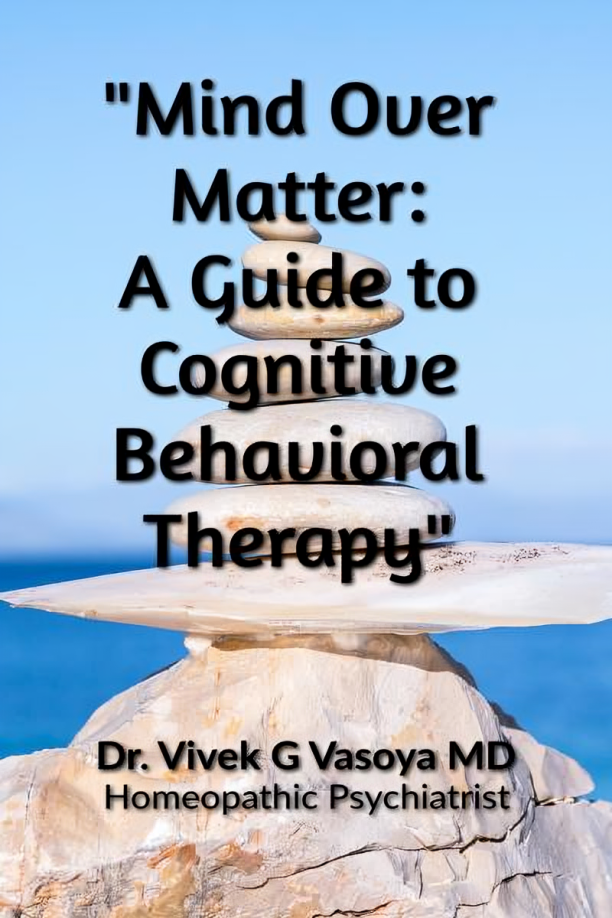
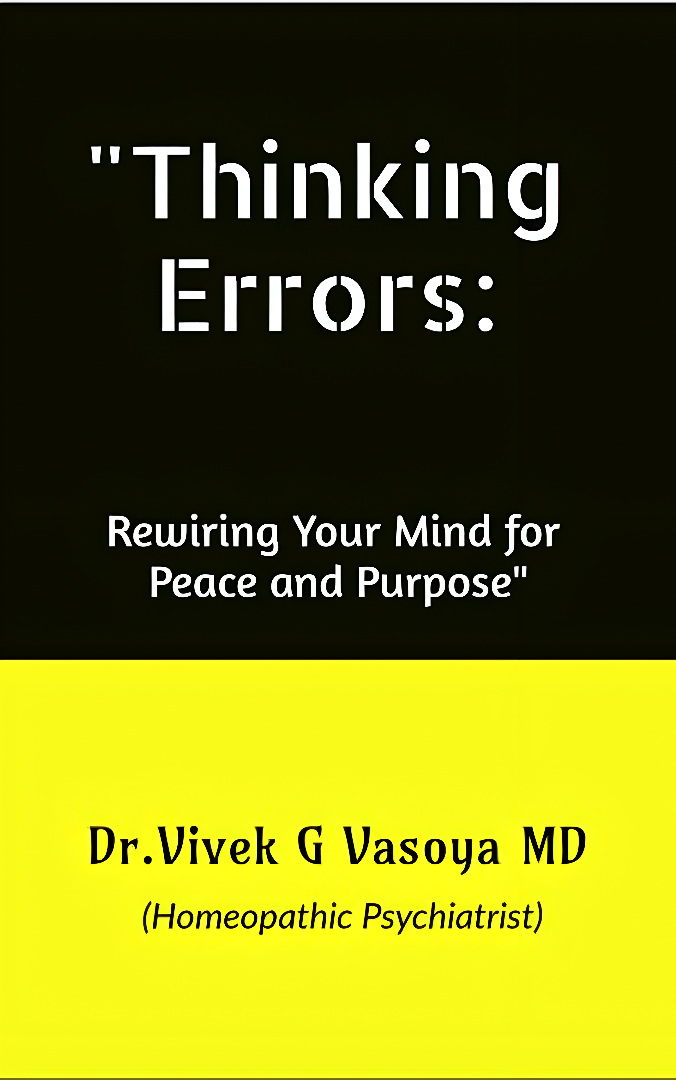
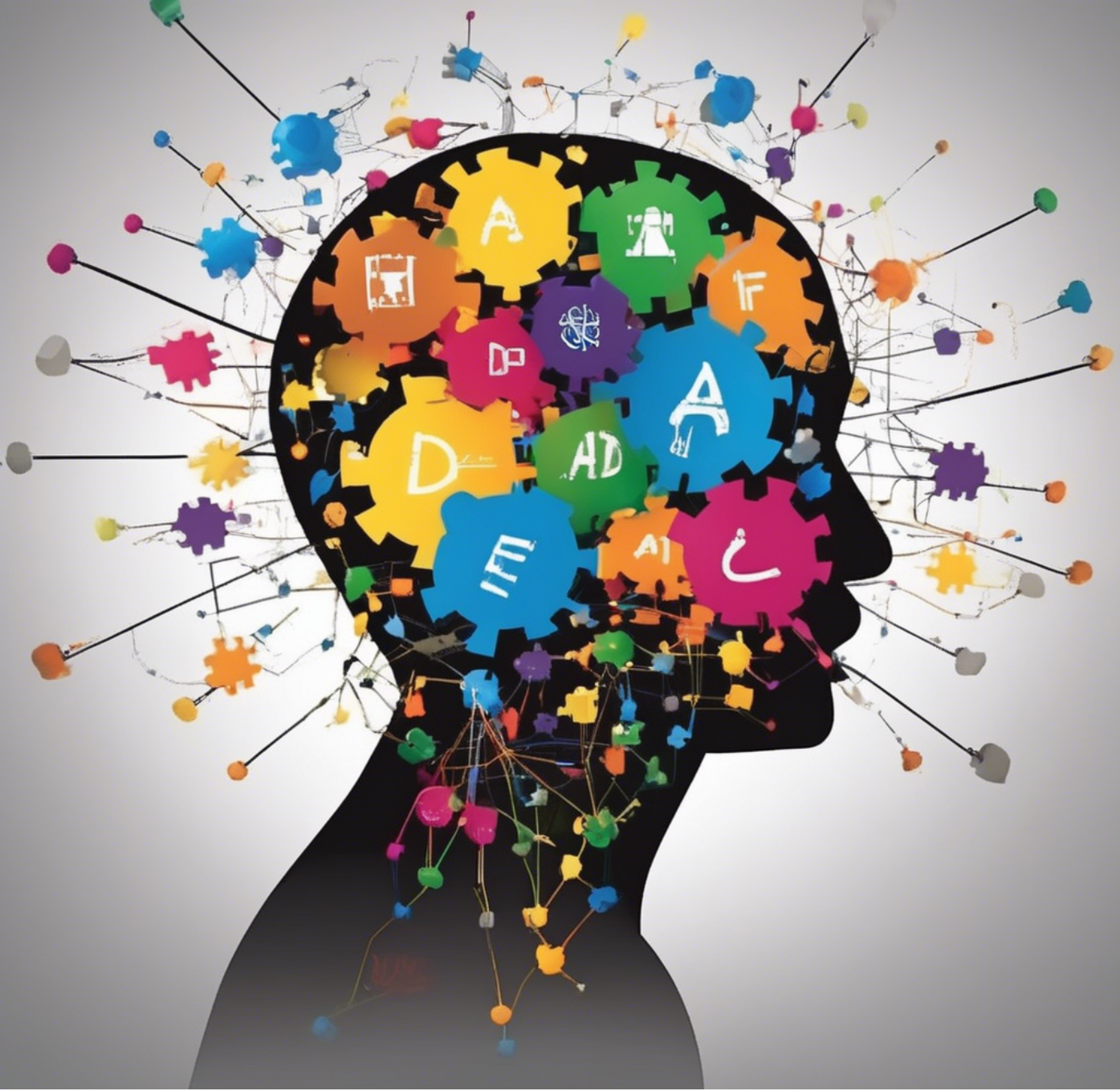

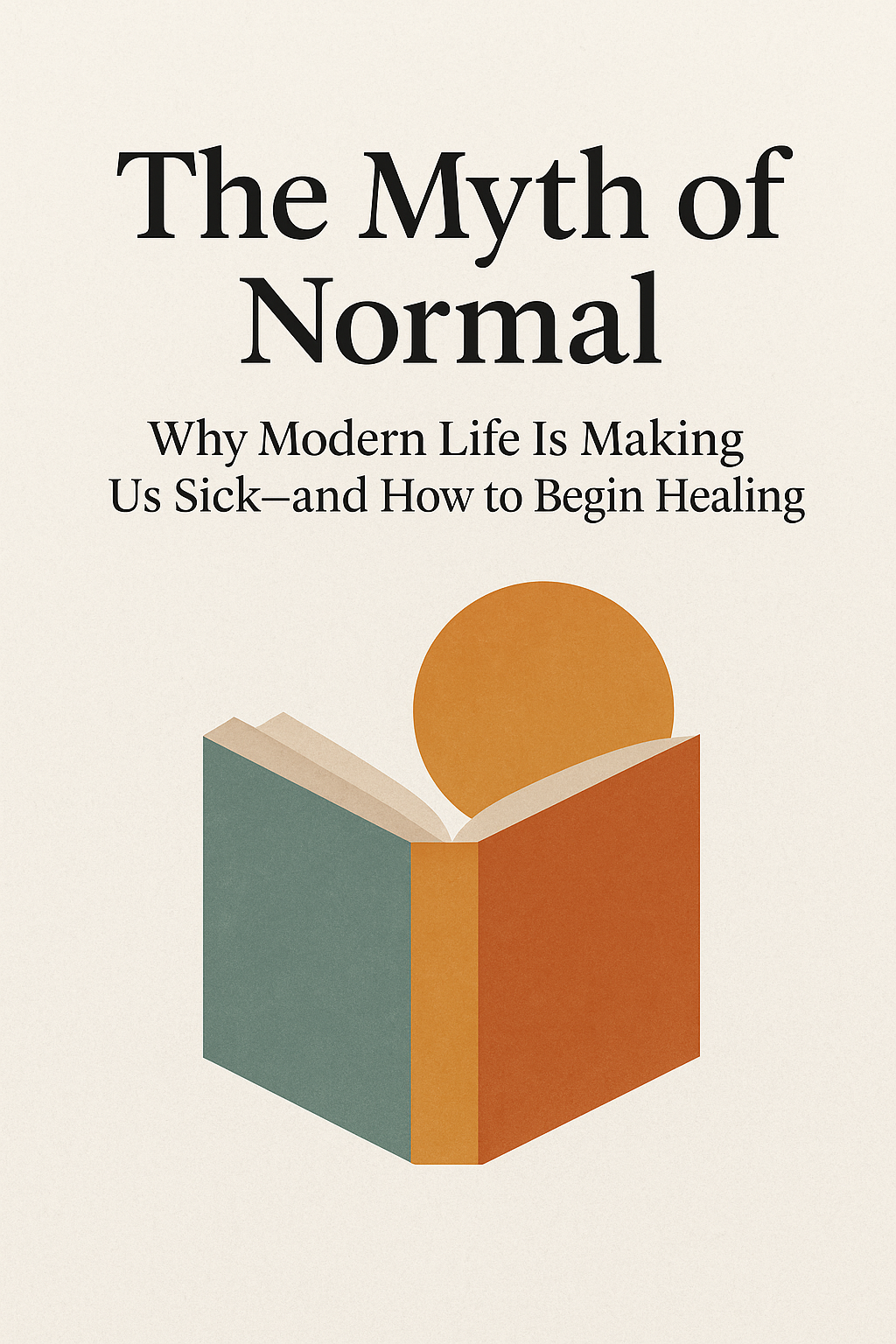









Write a comment ...